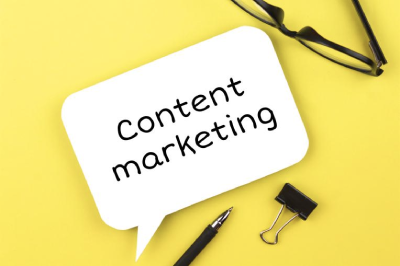Introduction
Every business and creator faces the same challenge: producing high-quality content consistently without burning through time and resources. The solution isn’t to create more but to repurpose smarter.
In this guide, we’ll break down proven content repurposing strategies, practical frameworks, and best practices you can follow in 2025. Whether you’re a marketer, small business, or enterprise, these approaches will help you scale without reinventing the wheel.
What Is a Content Repurposing Strategy?
A content repurposing strategy is a structured plan for adapting, updating, and redistributing existing content into multiple formats or channels to maximize reach and ROI.
Instead of creating 10 separate pieces, you design one core asset (like a blog, video, or podcast) and repurpose it across platforms.
As Content Marketing Institute explains, repurposing is less about recycling and more about expanding reach and visibility across different audience segments.
Core Content Repurposing Frameworks
1. The Pillar-to-Micro Content Framework
- Create a long-form pillar asset (blog, webinar, research).
- Break it into micro-content: short posts, reels, graphics, and quotes.
- Distribute across social platforms, email, and ads.
HubSpot notes this is one of the most effective ways to build topical authority.
2. The Channel-Centric Repurposing Framework
- Take one content idea and adapt it natively for each channel.
- Blog → SEO-optimised article.
- YouTube → explainer video.
- Instagram → carousel.
- LinkedIn → professional summary.
This approach aligns with Moz’s emphasis on matching content with audience intent per channel. By repurposing content for various platforms, you can ensure it is tailored to reach a wider audience. Check out our SEO and content repurposing guide for more tips on maximizing SEO through repurposed content.
3. The Evergreen Refresh Framework
- Audit old content every 3–6 months.
- Update statistics, case studies, and internal links.
- Re-publish with a new date and push via email/social.
Backlinko shows that updating content can dramatically improve rankings and organic visibility.
4. The Content Workflow Repurposing
- Document a repeatable workflow so your team knows exactly how to repurpose assets.
- Assign responsibilities (writer, designer, editor, scheduler).
- Use tools like Airtable or Trello to manage processes.
5. The AI-Enhanced Framework
- Use AI tools like Vidyo.ai, Lately.ai, Descript, or Jasper to automate repurposing.
- AI helps with transcription, summarisation, clipping, and republishing.
- Humans refine for tone, brand, and SEO.
Search Engine Journal highlights AI as a key driver in scaling content production workflows in 2025. Want to learn more about how AI can enhance your content strategy? Check out our guide on automating content creation and optimization.
Best Practices for Content Repurposing in 2025
- Start with High-Value Assets – Repurpose evergreen or top-performing content.
- Align with Search Intent – Ensure repurposed content fits informational, commercial, or transactional intent.
- Optimise for SEO – Update with fresh keywords, internal links, and metadata. This is especially important for improving visibility. If you need help with SEO, we offer web content writing and SEO services.
- Customise by Platform – Tailor content natively for LinkedIn, Instagram, YouTube, etc.
- Track ROI – Measure impressions, backlinks, leads.
- Integrate Visuals & Video – Visual content drives higher engagement and backlinks.
- Maintain Consistency – Use brand guidelines for all repurposed content to strengthen authority.
Final Thoughts
In 2025, content repurposing isn’t just a productivity trick — it’s a growth framework. By adopting structured strategies and workflows, you can save resources, improve SEO, and scale your content presence across channels.
And if you’re looking for a reliable partner to help optimize your content strategies, don’t forget to check out Reliqus for all your content needs.
FAQs
Q1. How do I build a content repurposing strategy?
Start by auditing your top-performing content, choosing frameworks (pillar-to-micro, evergreen refresh), and documenting a workflow for consistent repurposing.
Q2. What’s the most effective repurposing framework?
The pillar-to-micro framework is widely used because it maximises one long asset into multiple smaller pieces.
Q3. Should I repurpose every piece of content?
No. Focus on evergreen, high-performing, or underutilised content. Trend-based pieces usually don’t hold long-term value.
Q4. How do AI tools help in content repurposing?
AI speeds up transcription, video clipping, summarisation, and idea generation, making repurposing faster and more efficient.

